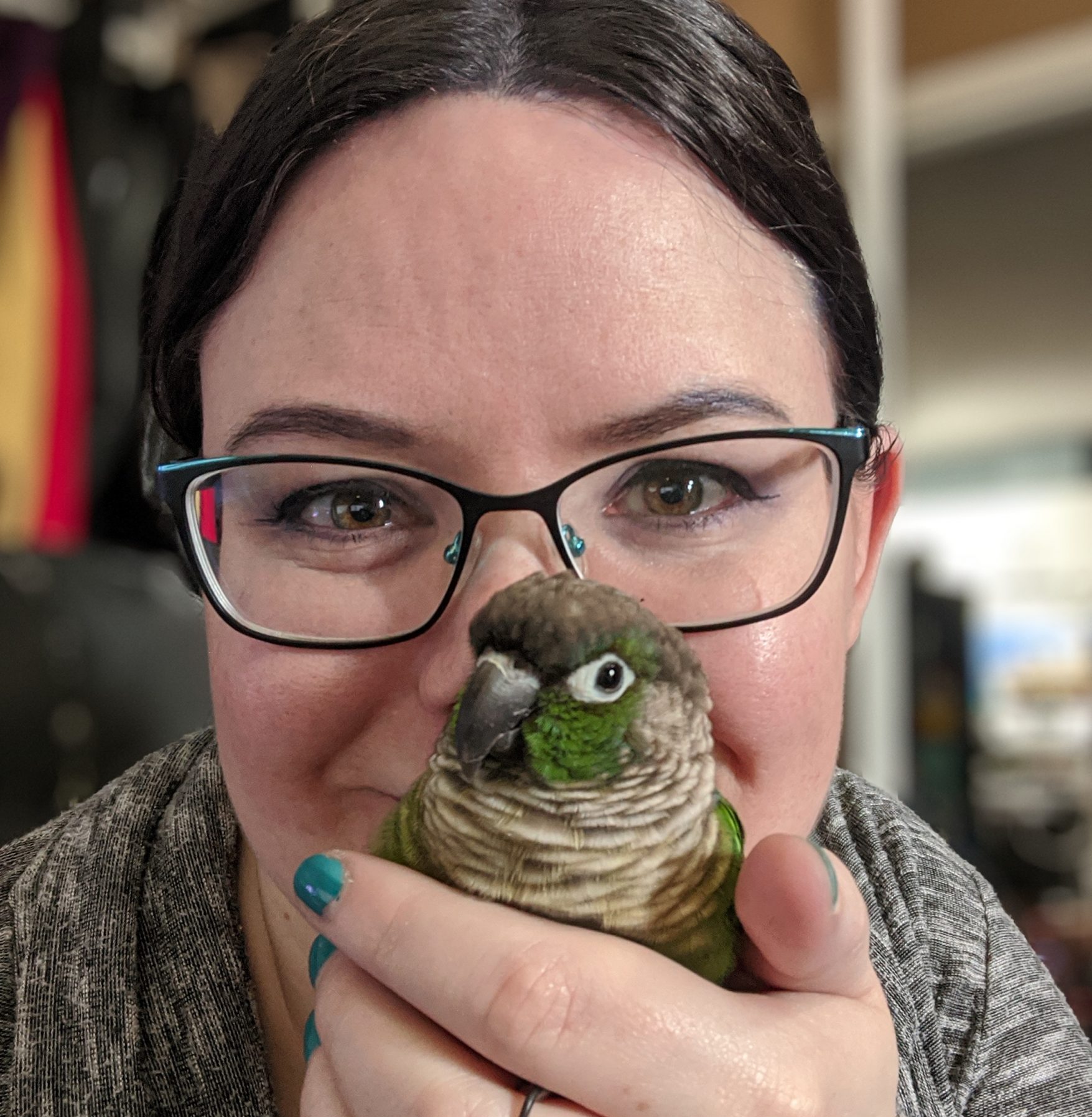Mechanisms of Communication and Cognition in Chickadees: Explaining Nature in the Lab and Field
Introduction
In the modern study of animal behavior, there are broadly two main schools of investigation: behavioral ecology and comparative psychology. Behavioral ecology is the study of how ecological pressures have driven the evolution of behavior in animals, starting with Niko Tinbergen’s (1963) seminal “four questions.” Comparative psychology (and comparative cognition, terms which we use interchangeably: see McMillan & Sturdy, 2015) is the study of the convergent and divergent psychological mechanisms by which animals learn and solve problems, informed most powerfully by the work of B.F. Skinner (1938) but also taking liberally from many areas of psychology. While each of these fields are historically influenced and populated near exclusively by biologists (behavioral ecology) or psychologists (comparative psychology), these fields are interrelated and the goal of the present paper is to demonstrate how fruitful research combining these approaches can be. We will illustrate this by exhaustively summarizing a breadth of communication research in a single animal group, the blackheaded chickadee clade. Chickadees are an ideal model to examine acoustic communication, because chickadees exhibit complexity in the vocalizations they produce (for example, the types of vocalizations) and complexity in their social structure (territorial in the breeding season and group living in the nonbreeding season). In addition, chickadees learn both their calls and songs and exhibit vocal plasticity even into adulthood. Along with studying these behavioral and developmental processes in chickadees, we can also examine the underlying neural mechanisms associated with vocal learning and perception. By summarizing research conducted with blackcapped chickadees, we show how the integration of behavioral ecology and comparative psychology, along with techniques from neuroscience, acoustics, and computer science, gives a fuller picture of animal behavior than any single field of study possibly could. We begin with a brief overview of the natural history of black-capped chickadees, followed by a general discussion of chickadee acoustic communication. We next discuss the vocal production and perception by chickadees, with a major focus on bioacoustic, playback, and operant conditioning studies. We also discuss the role that development plays in vocal production and perception, and we end with a discussion of studies examining the neural correlates associated with vocal communication in this species.


Leave a Reply